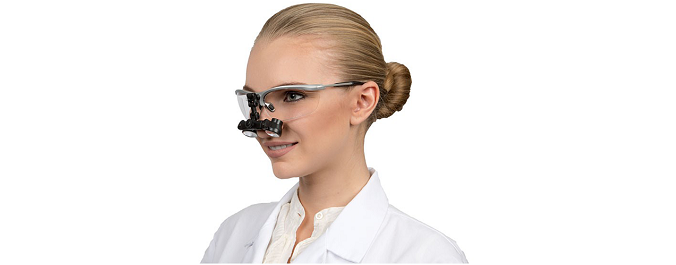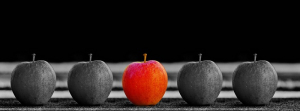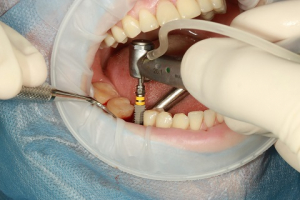What is really behind some of the most known dental care myths
Don’t forget to brush your teeth after every meal. An apple a day keeps the dentist away. All of us have certainly heard one or more of these popular sayings about dental care and many of us have even adhered to them. But are these sayings true or are some (or most) of them just embellished falsehoods? To answer this question, we took a close look at 10 of the most frequently used dental care myths. Let’s have some fun with discovering the truth!
Frequently-used myths about brushing teeth
1. “Don’t forget to brush your teeth after every meal” - FalseOne of the most frequently used sayings, which sounds fairly logical. However, research has shown that brushing teeth immediately after a meal can be counterproductive because many types of food (e.g., fruit) contain acid that can soften the dental enamel and that can make it less resistant to the bristles of a toothbrush. Thus, to prevent lasting damage, one should wait for about 30 minutes after a meal before brushing teeth to give the saliva enough time to neutralize any acids.
2. “Brushing harder is always better” - False
Unfortunately, this popular saying is not quite correct because excessively hard brushing can lead to damage to the dental enamel which can, in turn, increase the sensitivity of the teeth. Additionally, excessive pressure can push the gum line back and lead to an exposure of the tooth necks, which would increase their sensitivity even more. One potential solution that dentists recommend to people who are a bit over-eager when brushing their teeth is to switch to an electric toothbrush with a built-in pressure sensor.
3. “Brushing your teeth for a minute is long enough” - False
Unfortunately, a minute is not quite long enough to ensure perfect dental health. One should spend at least 3 minutes on brushing teeth in the morning and in the evening to thoroughly remove all plaques.
4. “Always brush from red to white” - False
In the not too distant past, this was the recommended approach to tooth brushing, which we all learned in our childhoods. Unfortunately, medical studies have shown that this way of brushing teeth is not ideal because it does not thoroughly enough remove bacteria around and under the gum line. Instead, many dentists nowadays recommend the so-called "shake technique", which involves placing the toothbrush slightly below the gum line and then shaking it back and forth.
Frequently-used myths about the appearance of teeth
5. “Only white teeth are healthy” - FalseWhile white teeth do certainly look the best (and maybe the healthiest), the color of the teeth has relatively little to do with how healthy they really are. Since dental enamel contains calcium-phosphate, even perfectly healthy teeth have a slightly yellow-tainted color.
6. “Black tea harms your teeth” - False
Though some kinds of tea (e.g., black tea) can result in tooth discolorations, these purely aesthetic blemishes are quite easy to remove. Also, since black tea contains fluoride, it can actually have quite positive effects on the dental enamel.
7. “Smoking causes only surface-level tooth discolorations” - False
Frequent smoking causes yellow-colored discolorations that can be relatively easily removed, provided that they remain surface-level. However, removal can be much more challenging for more entrenched stains. Additionally, smoking can adversely impact the blood flow inside the gums and can, in very severe cases, even result in gum inflammations or in the loss of teeth.
Broader myths about dental health
8. “An apple a day keeps the dentist away” - FalseThough a healthy diet with lots of fruits and vegetables can promote dental health, eating an apple every day can never by itself be enough to guarantee perfectly healthy teeth. While the rough texture of apples can help with removing the most surface-level plaque layers, it cannot reach more resistant plaques on and between teeth. Therefore, thorough flossing and brushing are still essential. On top of that, apples contain sugar, which can have damaging effects on dental enamel.
9. “Bad teeth are hereditary” - False
Some qualities of teeth are indeed dependent on genetics, such as the positions in which they grow out of the gum line. Nevertheless, dental problems are not hereditary, and the health of an individual’s teeth entirely depends on the quality of that individual’s oral hygiene.
10. “Taking care of baby (milk) teeth is not that important” - False
Dental hygiene is very important among young children because the health of their baby (or milk) teeth can have a direct impact on the health of their permanent teeth. For example, should a baby tooth fall out due to excessive decay, the crown of the permanent tooth below it could take damage as well and/or it could result in the permanent tooth emerging from the gum line in an unfavorable angle.

In the meantime, we would love to hear from you – please leave any thoughts and feedback in the comment box below and take a look at the free subscription option that we have made available to you.


